
Dropping the Ashes
Looking at variance, three-point percentage and how England keep screwing up in the field
England probably got their team selection wrong at the Gabba, and to double down on that, it meant they were wrong again at Adelaide. Some of this comes from the fact Jofra Archer and Moeen Ali are not available for selection.
For all the interest in their selections, the batting at the Gabba was why they lost the match. But they have now struggled in consecutive innings because of their bowling.
Well, kind of.
They bowled pretty well at the Gabba until Ben Stokes started hobbling, and then or a while, so did everyone else. Obviously Jack Leach was a big problem. Bowling 12% of the overs, he went for almost a quarter of the runs.
They also had Australia 195/5 in that innings and really shouldn't have allowed them to double that. They bowled the wrong side of the wicket to Head. And didn't have anyone to dismiss the tail.
But they also dropped David Warner in the 32nd over from a fairly standard edge to Rory Burns. He was on 48 at the time, and he was eventually out for 94, so that cost England 46. I know some teams keep metrics like this - England used to - looking at how much each drop costs in real runs.
This doesn't work and let me show you my favourite example.
Brian Lara was on 18 when Durham's Chris Scott put him down in a County Game; Lara made 501 not out. By this measure, that drop cost Scott 483 runs. If we were to deduct 483 from his total runs for the season, ignoring any byes or other drops, he would have been left with 187 runs. In Scott's entire career, that was the only season he made over 483 runs in a season and 483 is 14.9% of his total career runs.
This doesn't even factor in that Lara was dropped again in the innings.
Technically, a drop is a drop. Scott could have missed Lara another day and he could have been out next ball. Or Scott could drop three number elevens in a row and not have any runs deducted.
I prefer to do with drops to look at the average of all wickets and use that as a metric. In the last two years of Tests that's almost exactly 30 runs. So England were down 30 runs for dropping Warner. But they also dropped Mitchell Starc and Nathan Lyon in that innings.
That means by this fairly crude inelegant metric they're down 90 runs. Meaning Australia's total probably should have been closer to 335 than 425. But this doesn't allow for how hard the catch was, or the obvious butterfly effect. Not to mention on a green seamer or with a bunch of caught behinds off-spinners on ragging tracks, you might have four or five drops before the score gets to 120. But over several Test matches, it at least gives you an idea.
It also doesn't factor in that all teams drop catches. There is no perfect catching team. The job of bowlers is to create chances; them being dropped is part of the game. Some bowlers get a lot of drops(see Broad, S), others like Neil Wagner don't because they create different types of chances. Or have better fielders.
About 82% of slips chances are taken, almost 50% of caught and bowleds and one in three stumping are missed. The problem is in the variance.
It is very rare for every catch to be taken in a Test. Or even an innings. It can happen. According to the host broadcasters, Australia hasn't dropped a catch yet this series. This is remarkable, but it also means that England's drops have really hurt. To add to the first Test, England have dropped another six in this match.
Jos Buttler dropped Marnus Labuschagne twice. Ollie Robinson dropped him again in a tough one at catching square leg. Then Stokes dropped a caught and bowled. There was another miss at short mid-wicket. And Buttler got a glove on a short ball above his head.
All of those last ones were Mitchell Starc. He's been dropped a shocking four occasions while scoring 74 runs this series.
More than Buttler, Ollie Pope, Haseeb Hameed, Stokes and Burns.


Being dropped can be handy. According to the broadcasters, Labuschagne has been dropped 12 times and caught 12 times in his career. I think any time you find a list of the highest scorers, chances are you'll find a list of the guys who have been dropped a lot. But all of this shows you that these things have a huge impact in a small sample size.
Australia has currently caught 20 from 20. England has currently taken 13 off 22.
That's nine chances missed.
The odds of one team catching so well and the other so poorly are pretty slim. And for all of England's problems, non-existent top order and spinners, plus the whole bowler selection mess, you'd have to think that if both teams were catching at 59%, this series would be a lot closer.

But England's rate isn't really that much lower than you would expect for them because England isn't that good at catching.

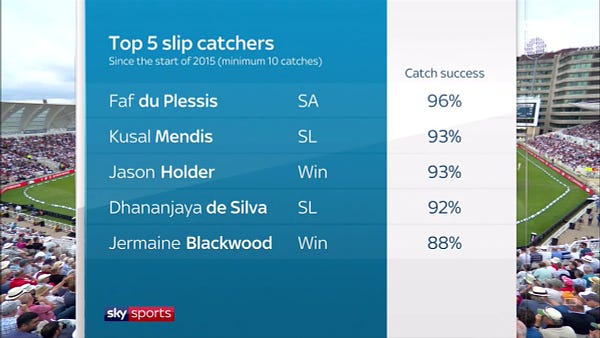
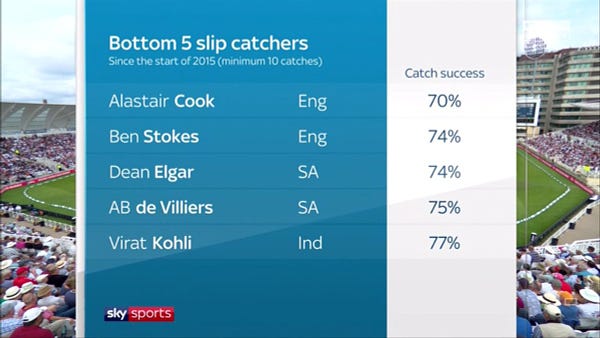
CricViz has been chronicling this for a long time now. England slip fielders are not very good. This was from 2018.
Earlier this year CricViz put this up, which shows that the only team England have a better slips catching record than them is Bangladesh. They catch three-quarters of their chances, whereas New Zealand - another seam friendly location with lots of slip chances - take 90%. You can also see Australia and South Africa up here at 87%. England is a long way back.
So for every ten slip chances you'd expect Australia to take one extra chance. But remember, Australia is 100% in this series and England is 59%.
So the problem for England is that they are catching slightly worse than usual, but that Australia is catching better than normal.
This is something you see a lot in basketball.
At halftime, a team will be leading 60 points to 45. But both teams will have taken 14 three-pointers. The team with 60 points might have hit eight of their three-pointers a 57%, giving them 24 points. The team losing might have hit four threes at 28% for 12 points. Meaning the difference between the two teams is how they are shooting the long balls.
It would look like the team only hitting four shots is to blame. But the league-wide three-point percentage is around 37%. So the real outlier here is the team shooting better. And it's pretty unrealistic to think you'll continue to hit 57% of your threes. And even the team shooting at 28% would expect to lift that towards the end of the game.
The slips catching percentage is usually around 82%, and the keeping one is at 86%.

So we know England are worse than that, and we know that Australia are better. But England isn't a 59% catching team, nor is Australia a perfect one. The bad luck for England is that their poor catching has been worse than normal when Australia's good catching has been better than usual.
But England came into this series with poor fielding. Let's not forget at the Gabba, there was also the run out where Warner had no hands on the bat and Hameed couldn't hit the stumps.
And it's not just fielding. Ben Stokes and Ollie Robinson have wickets from no balls in this series. Stokes might have been slightly unlucky because of the no-ball system we were playing under at the Gabba. But Robinson wasn't.
You can excuse some of the drops; maybe the run out, and perhaps Stokes' no-ball. But at a certain point, England has made a lot of mistakes.
That is why it has looked like England has played ok at times, but they've almost always been massively behind in the game. Their bowlers have made enough chances to put pressure on what is a pretty shallow Australian batting line up. But they've dropped them. And when England's struggling batters have made a mistake, the Australians have caught them.
That might even out by the end of the series. But we've played seven days of this Test series, and England is very close to being 2-0 down already. By the time they start taking their chances and Australia misses a few, it's probably going to be too late.
I’m doing #PoliteEnquiries for ESPNcricinfo this series. Here is one.



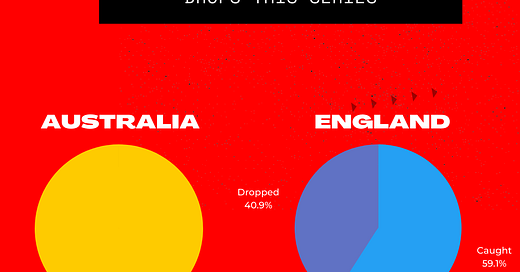



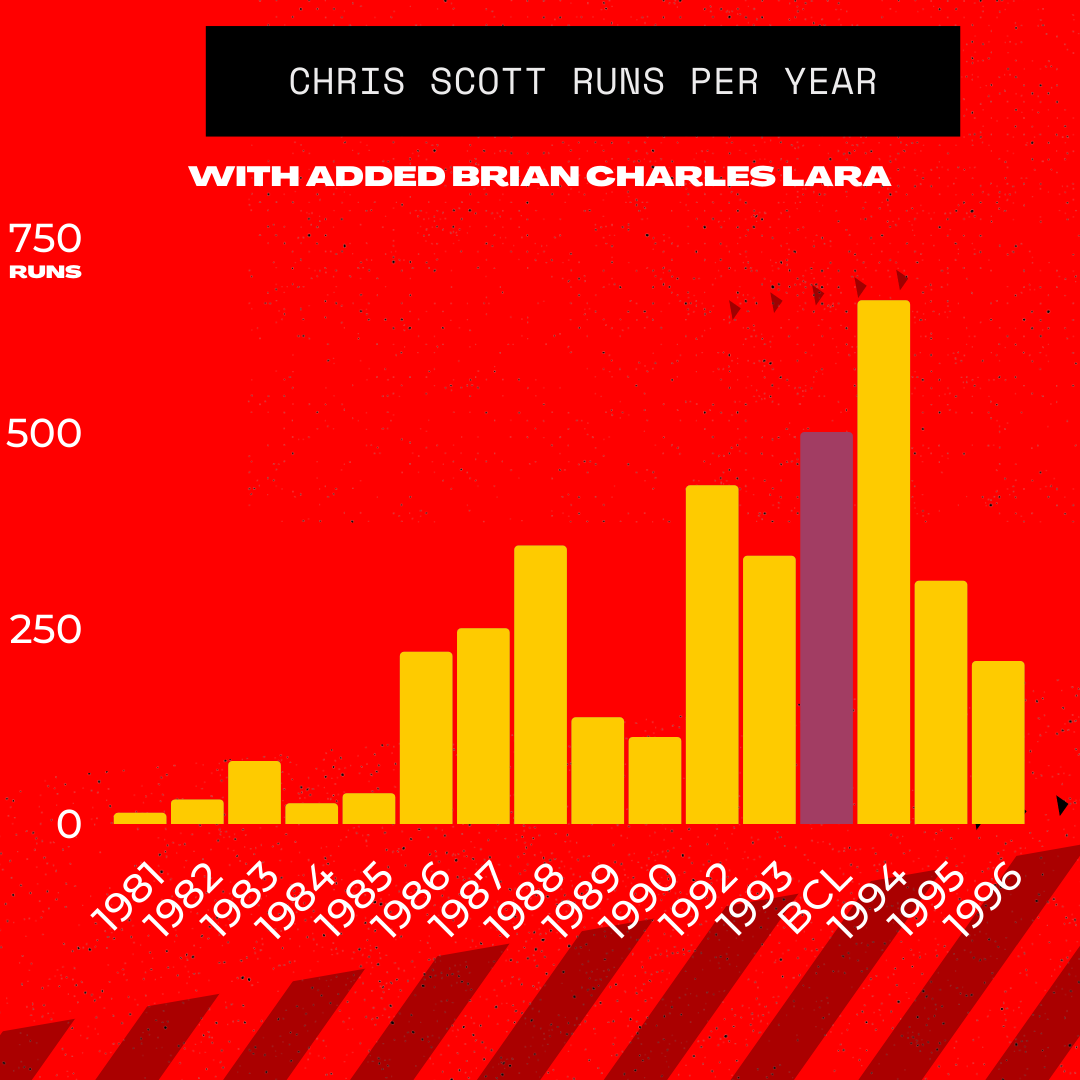
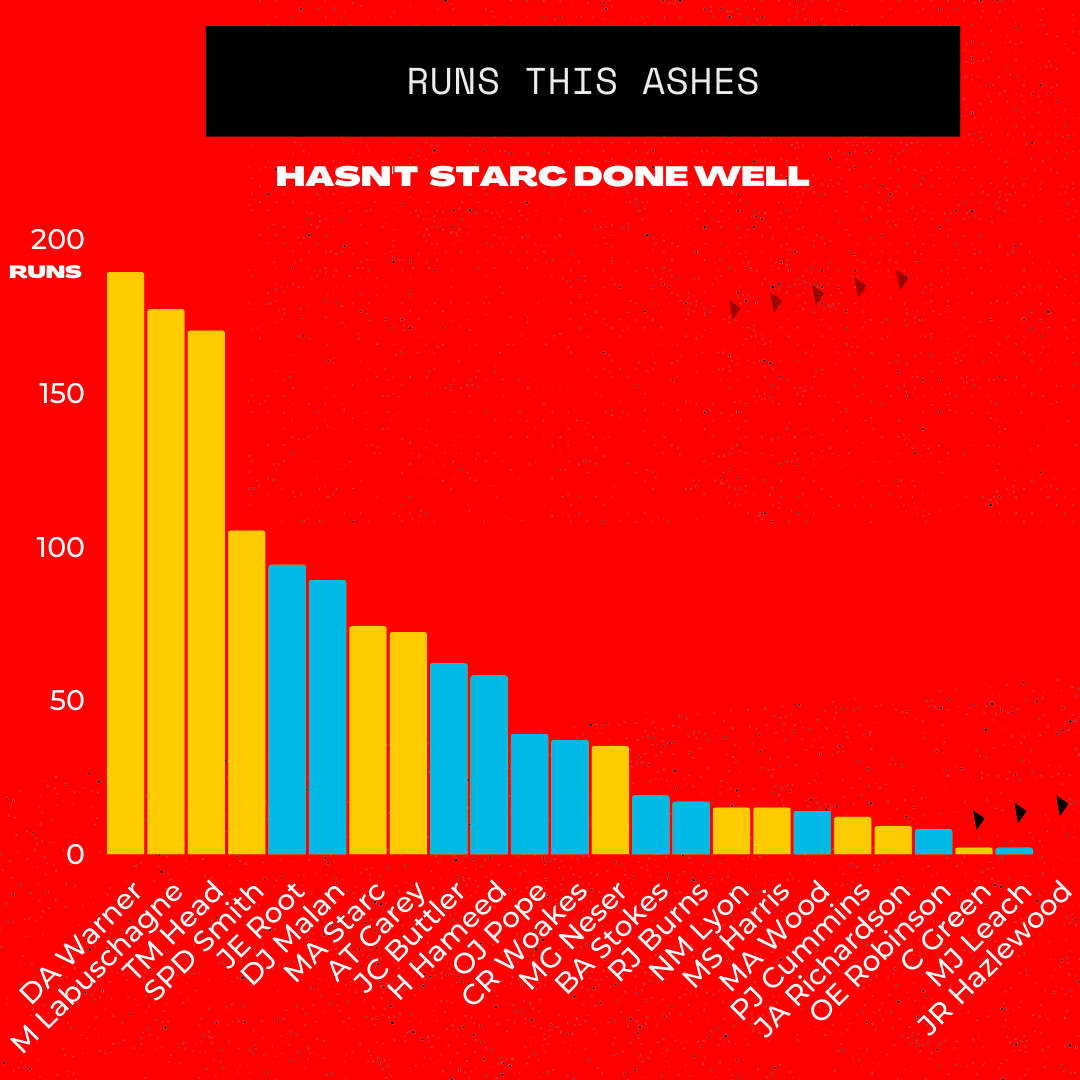


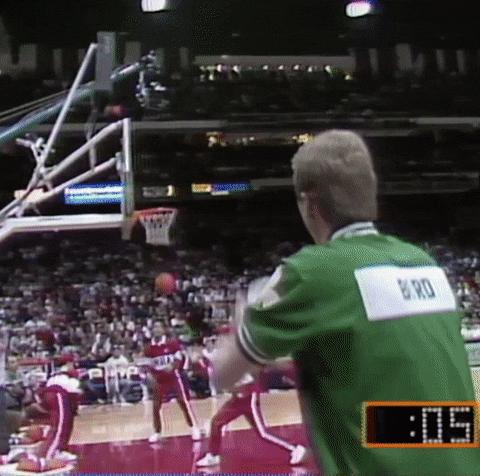


I want to see Jos Buttler open the innings and the wicket keeping duties handed over to Bairstow. He cannot be any worse than Hameed or Burns. On the otherhand, if he succeeds, he could be the Warner or Sehwag for England. What do you think about that, Kimber?
Oh by the way, I adore PoliteEnquiries. How do I send my questions?